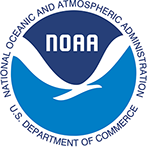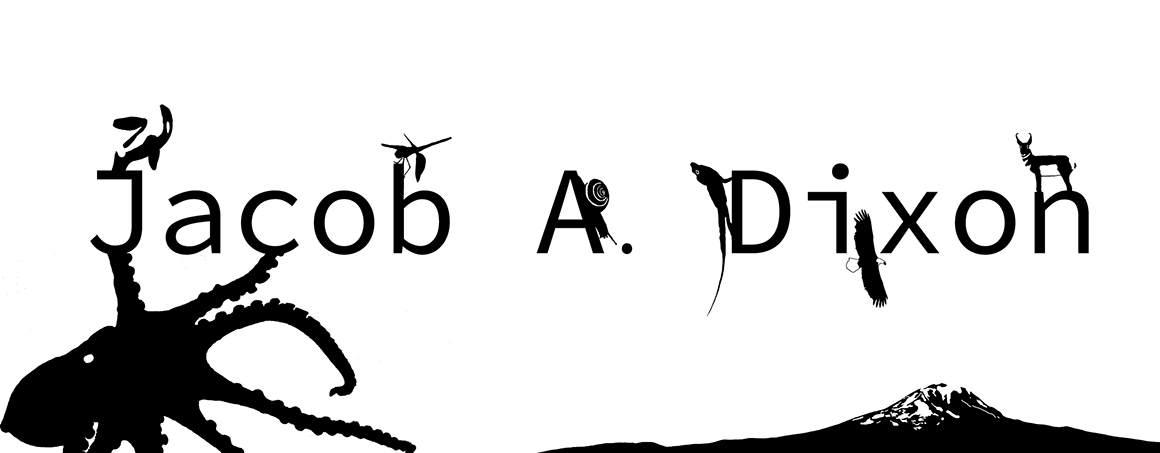




My interest in marine biology began at a young age, when I began collecting marine specimens from tidal pools on my family’s property in the San Juan Islands, WA. I learned about the species I would collect by researching each one online, and kept them in a temporary aquarium I set up outside our cabin. Later, our property became a significant part of a University of Washington's Friday Harbor Labs’ eelgrass (Zostera marina) study. I visited the Friday Harbor Labs when I was fourteen to learn more about the work they were doing with the eelgrass, and this began my fascination with marine research.
During high school I maintained five saltwater aquariums of my own at home and grew and fragged coral. I also participated in online forums exchanging ideas with other saltwater aquarium enthusiasts, and published an article about one of my aquariums in Tropical Fish Hobbyist Magazine at the age of fifteen. My last two summers in high school, and during my gap semester, I worked at the United States Department of Agriculture's Agricultural Research Station (USDA -ARS). This is where I was first introduced to molecular techniques (DNA extraction, PCR, etc.) and the professional scientific field as a whole.
My first year at Middlebury, I was fortunate to have a job working with octopuses for the neuroscience and biology departments that took advantage of my previous experience with aquariums. This led into a summer internship on Samos Island in Greece. Here I worked terrestrially as well as in the Mediterranean studying the native chameleons and several fish species, respectively. My project focused on juvenile recruitment of Diplodus sargus and the potential repercussions of this population movement on artisanal fisherman and the creation of Marine Protected Areas (MPAs).
My research continued from that point with summer internships at both University of Washington's Friday Harbor Marine Labs and Stanford's Hopkins Marine Station. At Friday Harbor I studied nutrient loading and run-off and its impact on eelgrass. At Hopkins I was first able to begin research with coral. I assisted with cryptic species identification of Acropora coral as well as a pilot project assessing glucose mediated Symbiodinium expulsion in Aiptasia anemones. This summer I will be spending my time in Seattle at NOAA's NWFSC on a project titled "Mitochondrial Genome Sequencing for Taxonomic Identification of Deep-sea Corals". Here I am creating a reference genome for next-generation sequencing as well as characterizing genetic diversity/looking for regions in the genome that can distinguish closely related species.
This general interest in marine science has focused onto the fields of bioinformatics and genomics. I am continuing my research in the form of a thesis during my final last semesters. The project will try to elucidate how selection and cultivation in the aquarium hobby structure Acroporid genetics.







